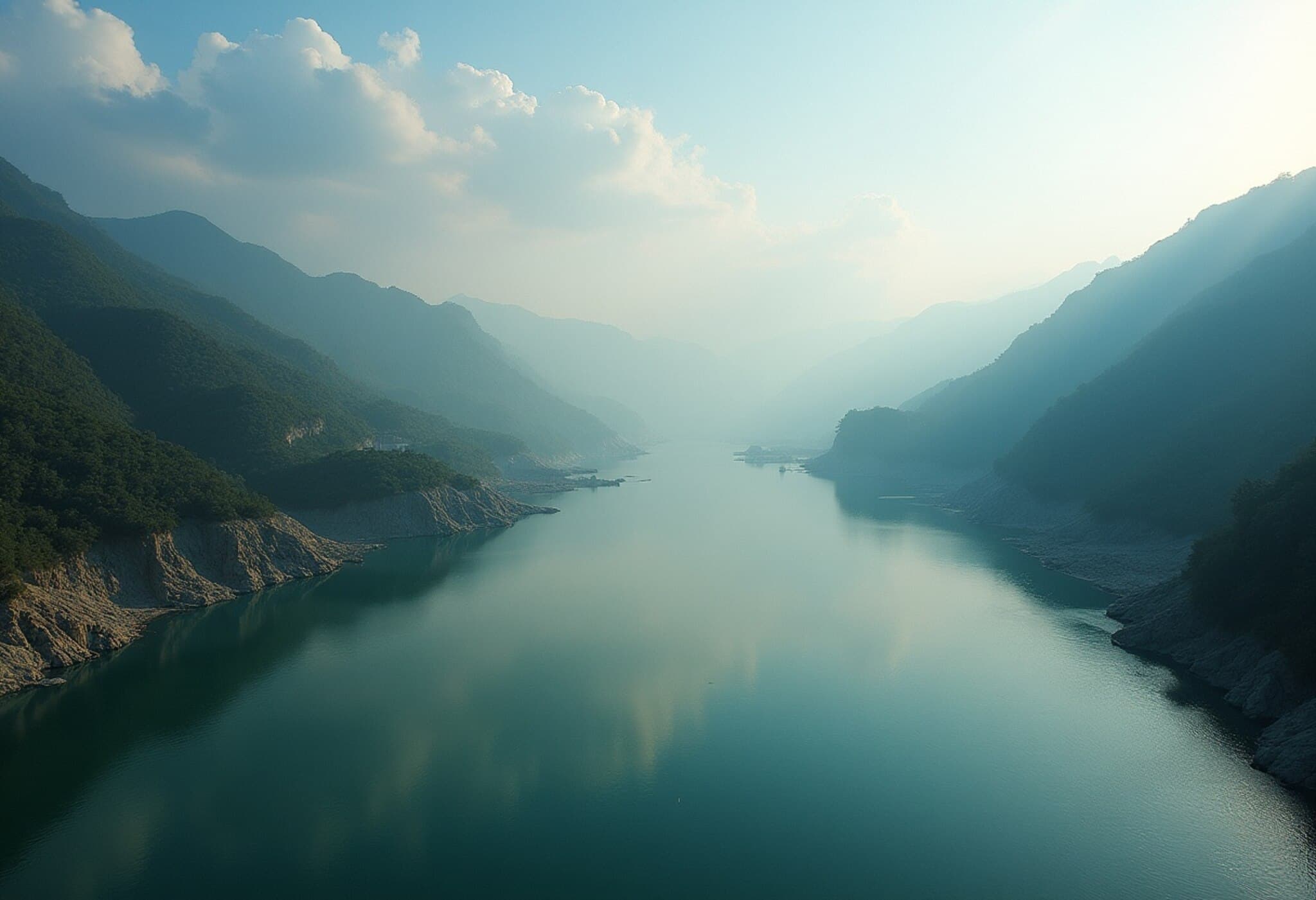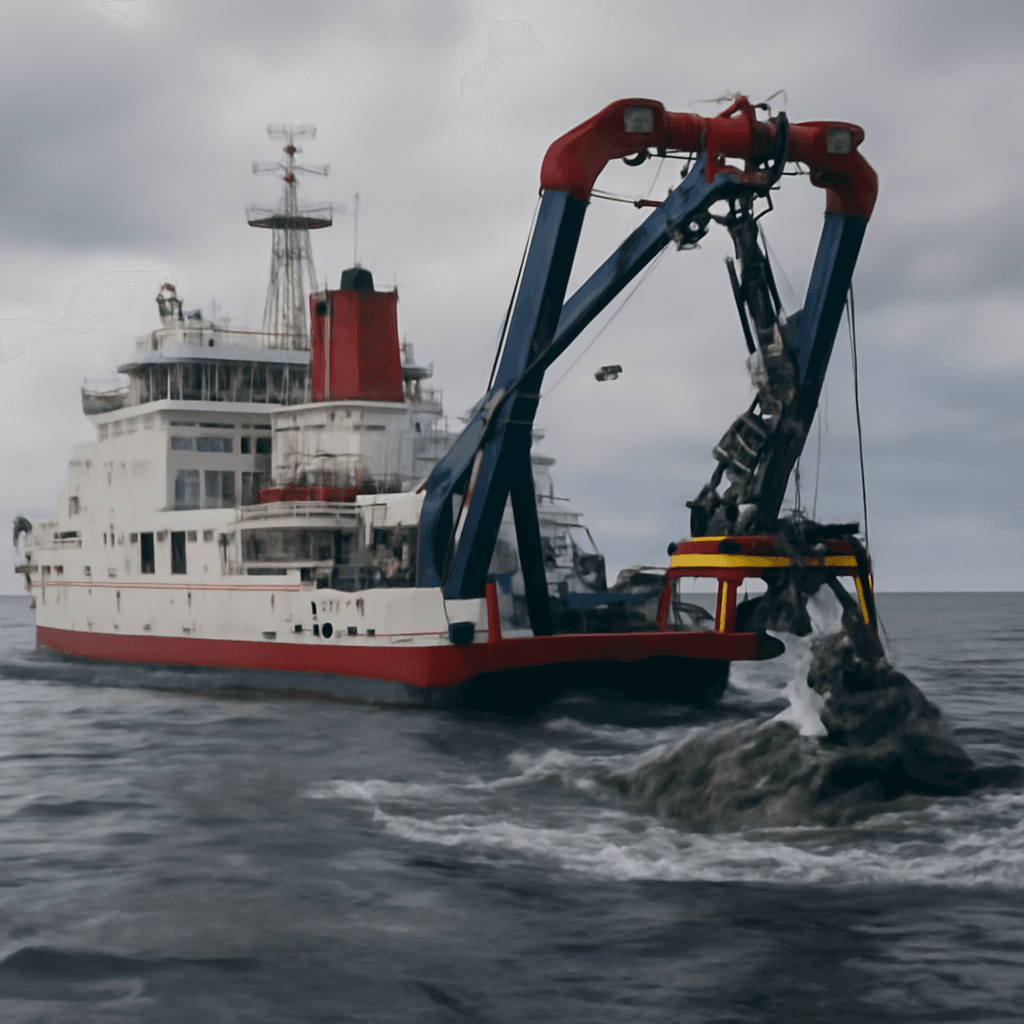China Dismantles Hundreds of Dams to Revive Red River’s Fragile Ecosystem
In a bold ecological move, China has dismantled 300 dams and decommissioned the majority of small hydropower stations along the Red River, a critical tributary of the Yangtze River. This unprecedented restoration effort aims to protect endangered native fish species and rejuvenate the river’s fragile ecosystem across Yunnan, Guizhou, and Sichuan provinces.
A Vital Lifeline for Rare Native Fish
The Red River, measuring approximately 400 kilometers, is regarded by ecologists as one of the last safe havens for rare native fish in the upper Yangtze basin. However, decades of dam construction and hydropower development severely disrupted fish migration and natural water flow, compromising vital breeding sites and threatening biodiversity.
Restoration Progress Since 2020
According to reports by South China Morning Post (SCMP) citing Xinhua, out of 357 dams, 300 have been removed by the end of 2024, and 342 of 373 small hydropower stations have ceased operations. Professor Zhou Jianjun, a hydraulic engineering expert from Tsinghua University, explains that while the physical dams often remain, the critical ecological change happens when power generation stops and water control is adjusted to nurture natural habitats.
Return of the Elephant of the River: The Yangtze Sturgeon
One of the most encouraging signs of recovery is the resurgence of the Yangtze sturgeon, often dubbed the “last giant of the river.” Although declared extinct in the wild by the International Union for Conservation of Nature in 2022, scientists from the Chinese Academy of Sciences’ Institute of Hydrobiology have been reintroducing captive-bred sturgeon to the restored Red River habitats.
In April 2025, 20 adult sturgeon released in Guizhou province exhibited successful natural spawning and fry hatching — marking a watershed moment for conservation efforts. Scientist Liu Fei noted, “This achievement indicates that the current ecological environment of the Red River now meets the habitat and reproductive needs of Yangtze sturgeon.”
Broader Environmental Policies Underpinning River Recovery
- China’s sweeping 10-year fishing ban on the Yangtze River, initiated in 2020, has been pivotal in encouraging biodiversity rebound.
- Strict regulations, including banning sand mining and closing thousands of small hydropower stations, have helped restore riverbed integrity and aquatic habitats.
- By late 2021, Sichuan province had decommissioned more than 1,200 small hydropower stations, reflecting a nationwide commitment to river health.
According to a government update released in August 2024, these steps improved aquatic biodiversity significantly, with fish, amphibians, and other species showing promising signs of recovery. Water quality benchmarks have also climbed to levels officially described as “excellent.”
Expert Commentary: The Road Ahead for River Restoration
From a policy and ecological perspective, China’s initiative offers a fascinating direct intervention in the ongoing global challenge of balancing energy infrastructure and environmental sustainability. The Red River case study underlines not just the importance of dismantling harmful infrastructure but reimagining water management to prioritize nature’s rhythms over rigid, industrial control.
For the international community, particularly in the United States where river damming and fish conservation often collide, the Chinese example may foreshadow a new paradigm: selective dam removal paired with ecosystem-friendly hydrology as strategic tools for restoring endangered aquatic species and water quality.
Unanswered Questions and Future Challenges
- How will communities and industries adapt economically to the decommissioning of hydropower resources?
- Can these restoration efforts sustain themselves in the face of climate variability and increasing development pressures?
- What monitoring mechanisms will be put in place to balance ecological gains with social and economic demands?
Editor’s Note
China’s ambitious dismantling of 300 dams along the Red River offers a powerful example of large-scale ecological restoration in action. Beyond the impressive return of the Yangtze sturgeon, this effort invites us to think deeply about the trade-offs between clean energy infrastructure and biodiversity. For policymakers worldwide, it highlights the urgent necessity of integrating environmental needs into water resource management, and challenges us to rethink our relationship with rivers as dynamic ecosystems rather than mere power conduits. As this story evolves, it will be critical to watch how environmental resilience and human needs find harmony — a balancing act of global importance.



















